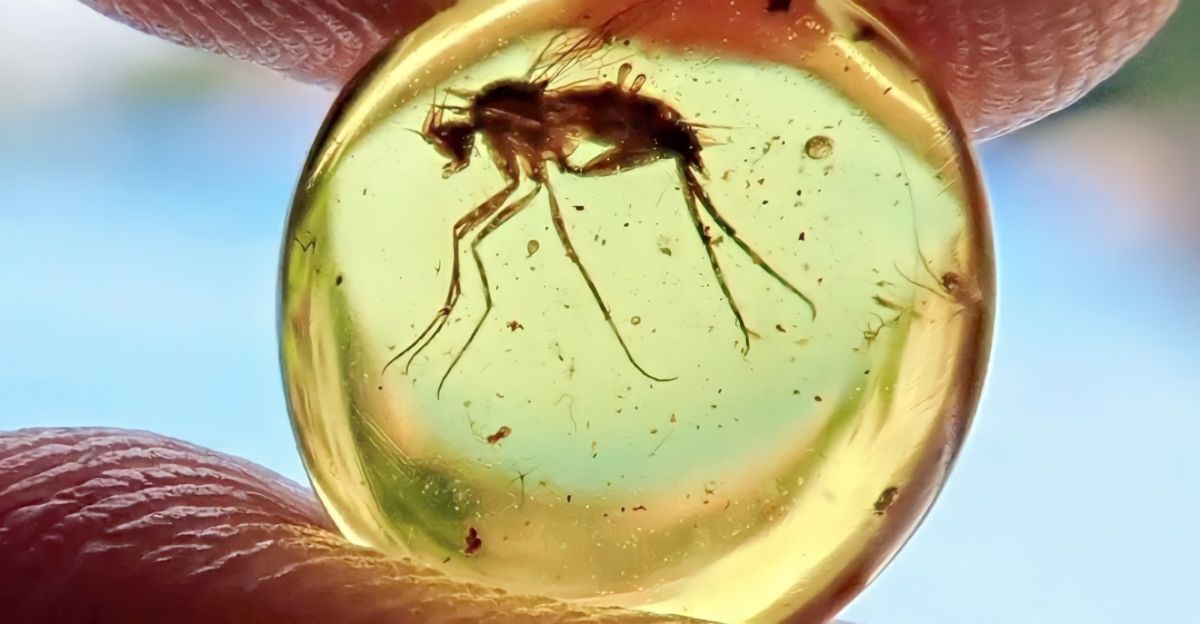
The Ancient Zombie Fungus’s Amber Discovery Fossilized insects infected by parasitic fungi that are strikingly similar to the “zombie fungi” portrayed in the well-known video game The Last of Us have been discovered in a stunning discovery of 99-million-year-old amber. This fungus, which is a member of the genus Ophiocordyceps, controlled the behavior of insects like flies and ants in order to maximize fungal reproduction before destroying them.
Beyond paleontology, this finding is significant because it calls into question how we currently perceive parasitism and behavioral manipulation as evolutionary tactics. It also makes us reevaluate how ancient ecosystems worked, showing that even when dinosaurs roamed the planet, intricate host-pathogen interactions were influencing biodiversity.
Parasitic Fungi during the Dinosaur Era
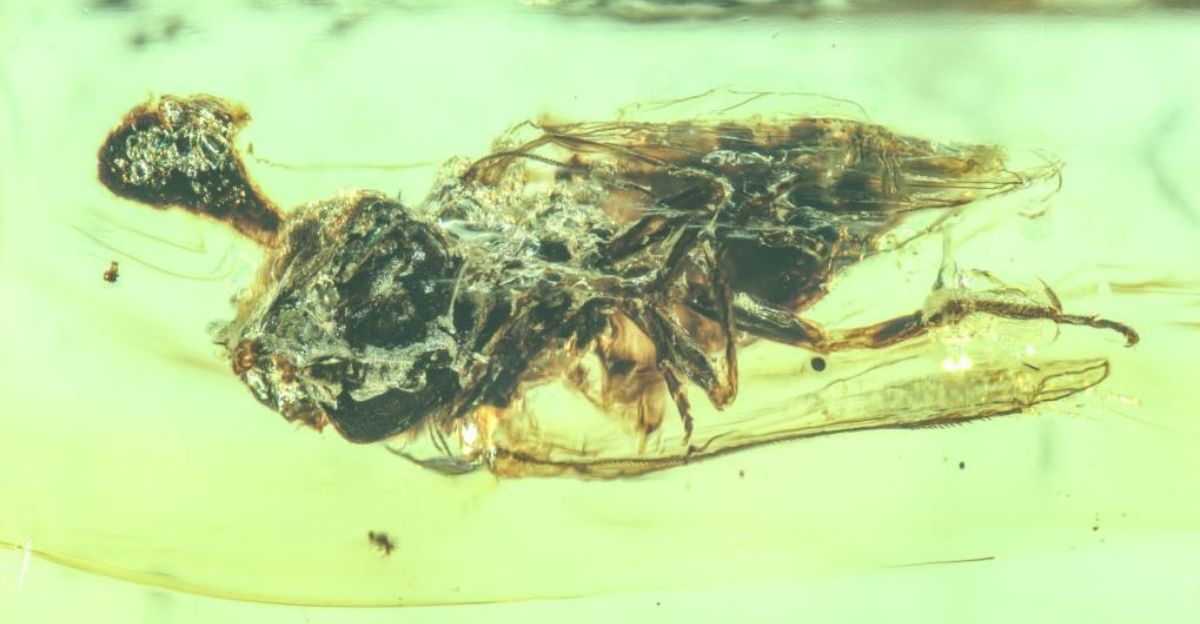
The amber fossils are from the mid-Cretaceous, which began about 99 million years ago and was characterized by the emergence of flowering plants and dinosaurs. Only in contemporary ecosystems were parasitic fungi known to influence insect behavior previously identified. By demonstrating that complex parasitic behaviors evolved early and coexisted with the earliest ants and diverse insect fauna, these fossils push back the timeline.
This discovery rewrites the evolutionary story by demonstrating the ancient origins of the complex parasitic tactics we observe today. With the diversification of flowering plants and the emergence of new insect groups, the mid-Cretaceous period saw significant ecological upheaval that provided an ideal environment for parasitic fungi to thrive.
The Interaction Between Insects and Fungi: A Natural Horror Tale
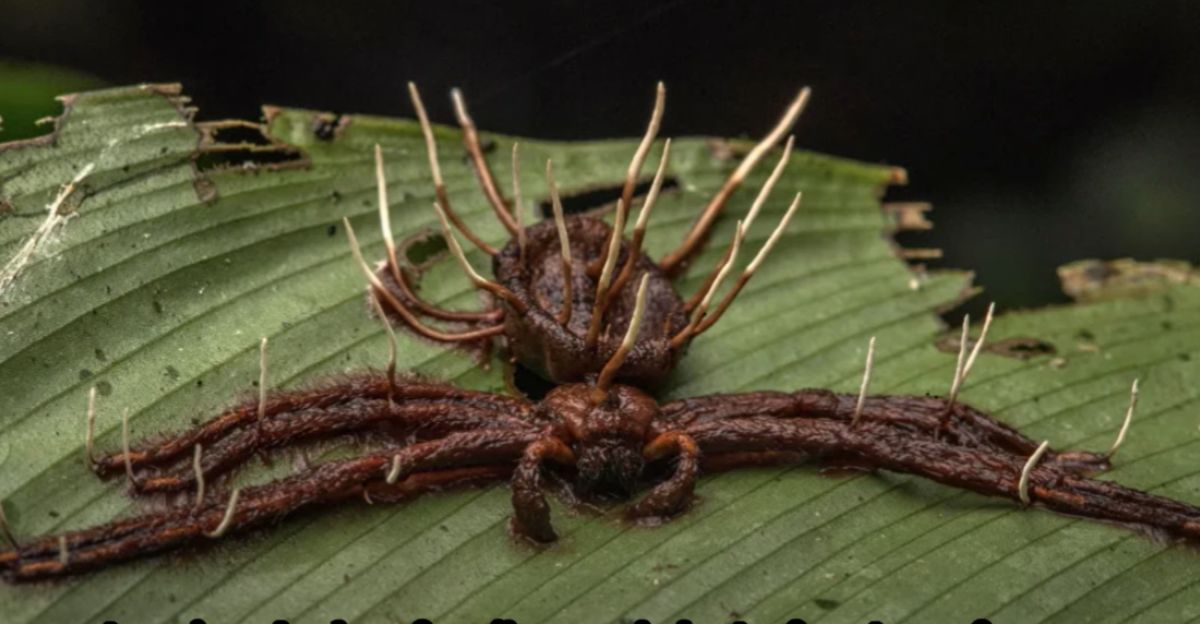
Paleoophiocordyceps gerontoformicae and Paleoophiocordyceps ironomyiae, the fungi that were found, infected a fly and an ant, respectively. By invading their hosts, taking control of their nervous systems, and forcing them to climb vegetation before they died, these fungi were able to produce fruiting bodies successfully and spread spores. This macabre life cycle is similar to that of the contemporary ant-zombifying Ophiocordyceps unilateralis species.
In order to maximize spore dispersal and guarantee the survival of its offspring, the fungus forces the host to climb to a higher altitude. This tactic is a prime example of the complex evolutionary arms race between the parasite and the host, in which the host builds defenses against infection while the fungus develops ever-more-advanced ways to manipulate its victim.
Scientific Methods: Using Contemporary Imaging to Reveal Secrets

The tiny amber samples were examined by researchers using state-of-the-art optical microscopy and micro-computed tomography (micro-CT). Fungal structures that were previously invisible to conventional techniques were revealed by the detailed 3D images produced by these technologies as they grew from the insects’ bodies. Without endangering the rare fossils, scientists were able to identify new fungal species and comprehend their morphology and infection mechanisms thanks to this non-destructive imaging technique.
The use of micro-CT scanning is especially revolutionary because it makes it possible to see internal structures in previously unheard-of detail, exposing the spore-producing organs and fruiting bodies of the fungus embedded in the host. This method encourages cooperative research by protecting the specimen’s integrity while also producing data that can be digitally shared and examined globally.
Evolutionary and Ecological Consequences
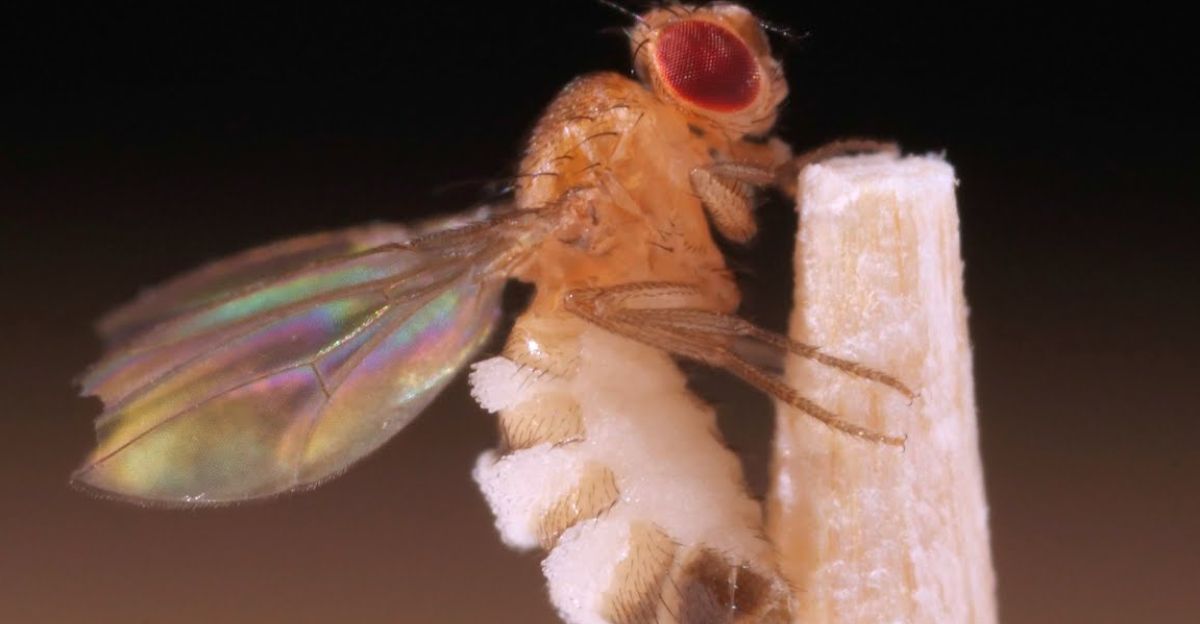
The idea that parasitic fungi and their intricate host manipulation are recent evolutionary innovations is called into question by this discovery. Instead, it demonstrates that these kinds of interactions are ancient and have probably impacted ecosystem balance and insect population control for millions of years.
It also calls into question the function of parasitic fungi in prehistoric food webs, where they might have regulated insect populations and aided in the cycling of nutrients. These fungi may have indirectly impacted the evolution of other species, such as plants and predators, by regulating host behavior and mortality. Therefore, the finding calls for a comprehensive reassessment of Cretaceous ecosystems, highlighting the interdependence of all life and the subtle yet significant influence of parasitic organisms in determining evolutionary paths across geological timescales.
Zombie Fungi as Pioneers in Evolution
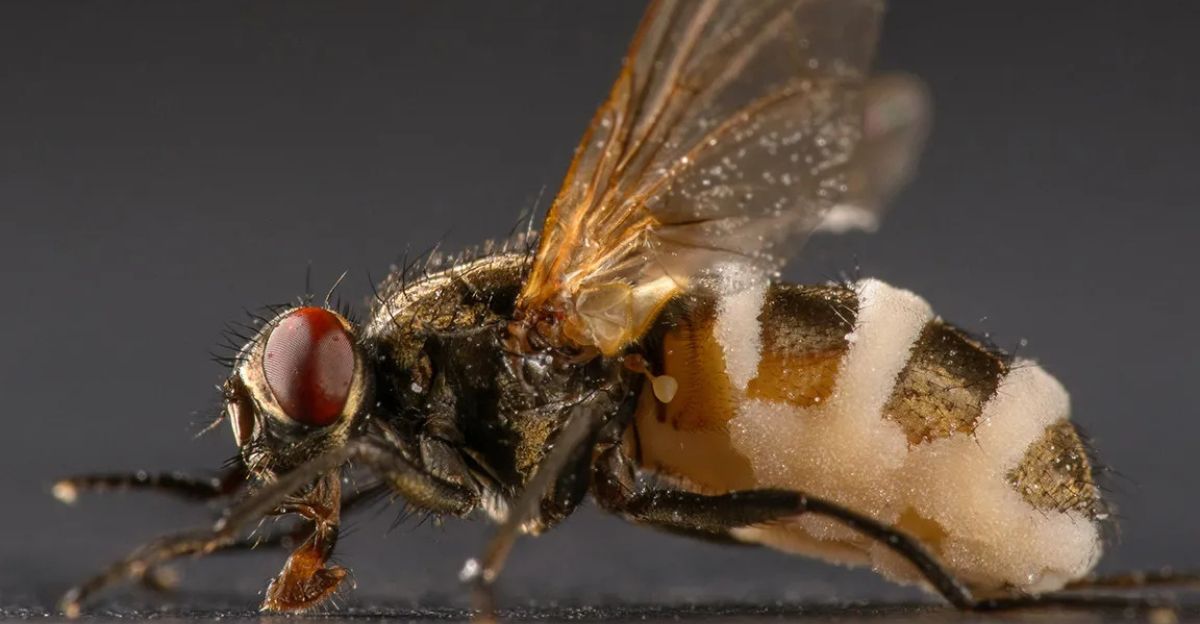
This ancient fungus can be viewed as an evolutionary innovator that added to the diversity of insect behavior and the complexity of ecosystems, in contrast to the idea that parasitic fungi are only harmful. These fungi may have indirectly impacted plant pollination patterns, predator-prey dynamics, and insect social structures by modifying their insect hosts.
The ability of the fungus to modify host behavior may have produced new ecological niches and selective pressures, promoting ecosystem resilience and biodiversity. This casts doubt on the oversimplified host-parasite dichotomy and points to a more complex relationship in which parasitism can spur creative evolution. This kind of perspective pushes researchers to investigate parasitic fungi as change-making rather than destructive agents, enhancing our comprehension of how life develops via intricate relationships rather than solitary survival conflicts.
Impact on Culture and Media: Fiction Inspired by Science and Vice Versa
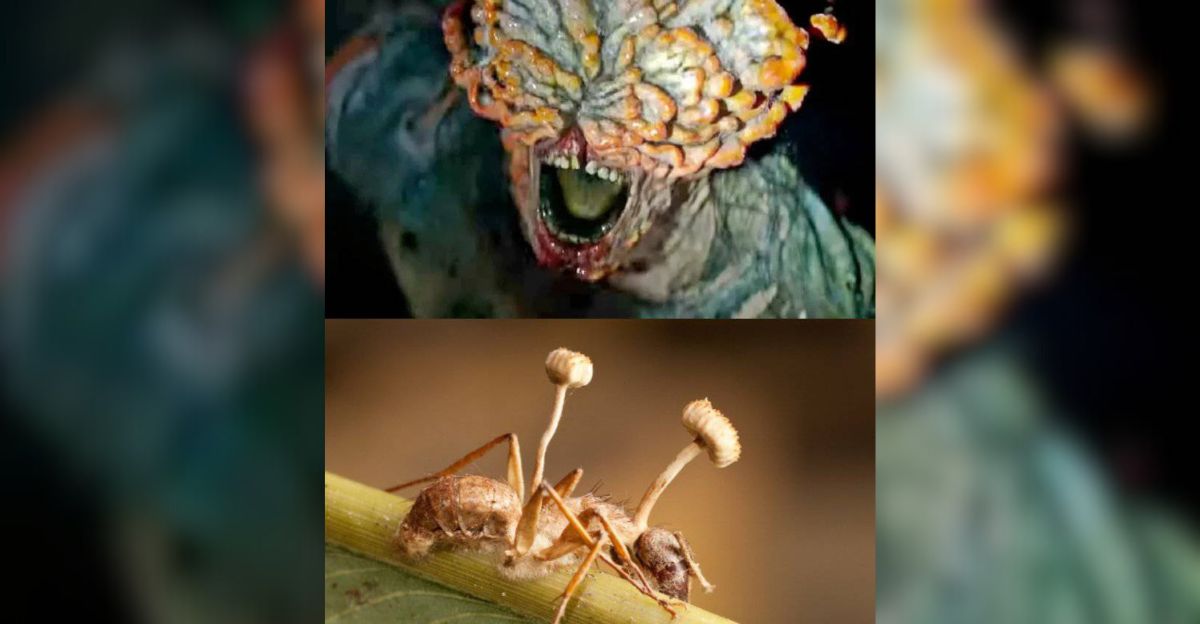
Because of its uncanny similarity to the fungal infection depicted in the video game and television series The Last of Us, in which a mutant Ophiocordyceps fungus zombifies humans, the discovery has captivated the public’s attention. By connecting science and entertainment, this real-world fossil evidence gives the fictional story scientific legitimacy.
Here, science and popular culture interact profoundly; science is used to inform fiction, and storytelling is used to raise awareness of and encourage public participation in scientific discoveries. By making complex scientific ideas approachable and engaging, this collaboration can stimulate interest in funding, education, and research.
Possible Paths for Further Research
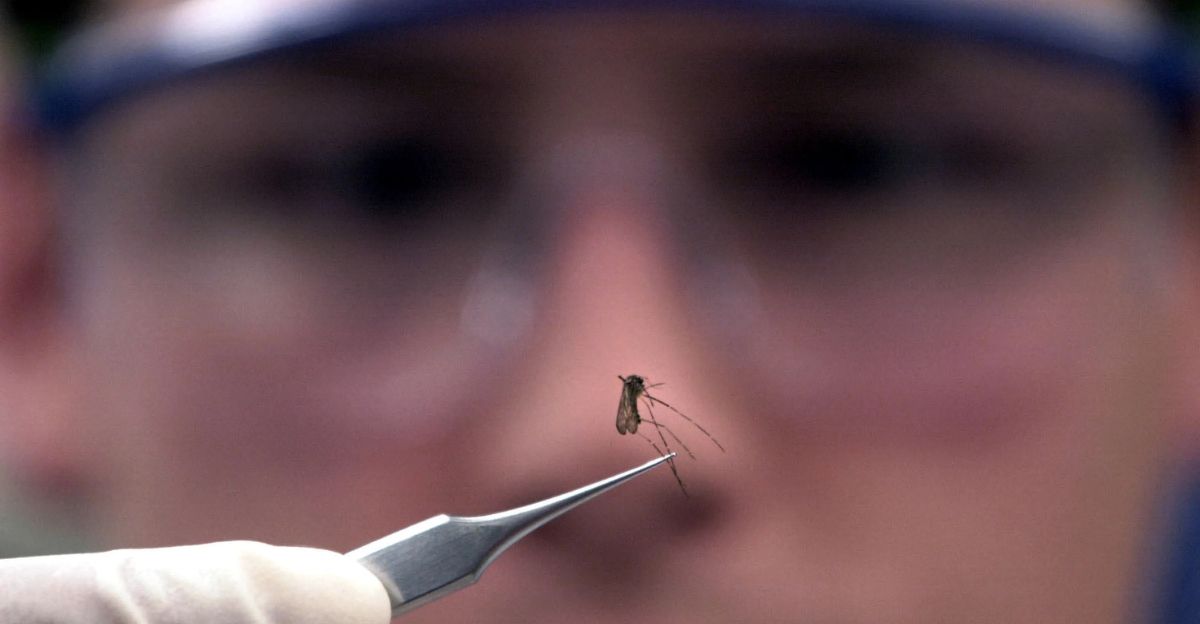
This discovery creates new opportunities for studying insect behavior, fungal evolution, and ancient parasitic relationships. By affecting insect populations, scientists can investigate whether similar fungi caused mass extinctions or infected other extinct animals. Furthermore, examining the genetic makeup of fungi from specimens preserved in amber may help identify evolutionary pathways for parasitism and host manipulation.
Future studies may also look into the biochemical processes by which fungi manipulate their hosts in the hopes of finding new substances with potential medical uses. A comprehensive approach to researching the history of life is also fostered by this discovery, which promotes interdisciplinary cooperation between paleontologists, mycologists, geneticists, and ecologists.
Lessons for Contemporary Ecology and Disease Control with Wider Consequences
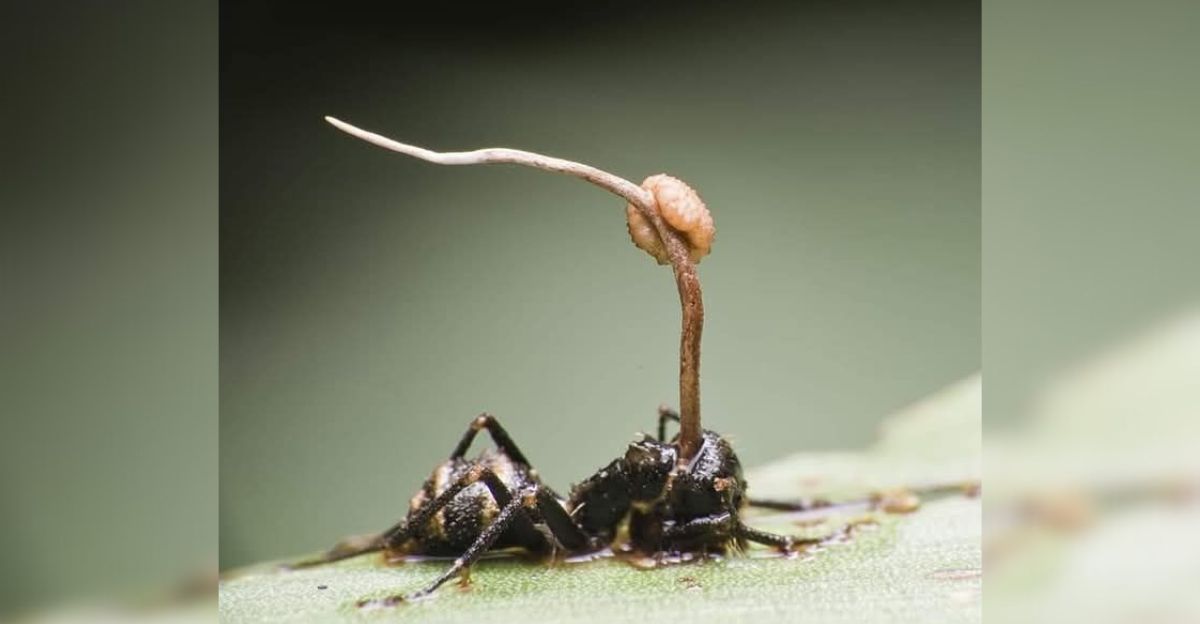
Current ecological and epidemiological models benefit from an understanding of ancient fungal parasitism, particularly as fungal pathogens pose a growing threat to agriculture and biodiversity. Ophiocordyceps’ tenacity and longevity demonstrate the evolutionary success of parasitic fungi and their capacity to adapt to new hosts, potentially including humans.
The finding also highlights the possibility that fungal pathogens may develop new infection tactics in reaction to environmental shifts like habitat disruption and climate change. By incorporating paleontological insights into public health frameworks, scientists can better anticipate and prepare for new fungal threats by examining ancient examples. Our knowledge of pathogen evolution and resilience is enhanced by this deep-time perspective, which also highlights the necessity of proactive, well-informed responses to fungal diseases in a world that is changing quickly.
An Exploration of Ecological Complexity and Deep Time
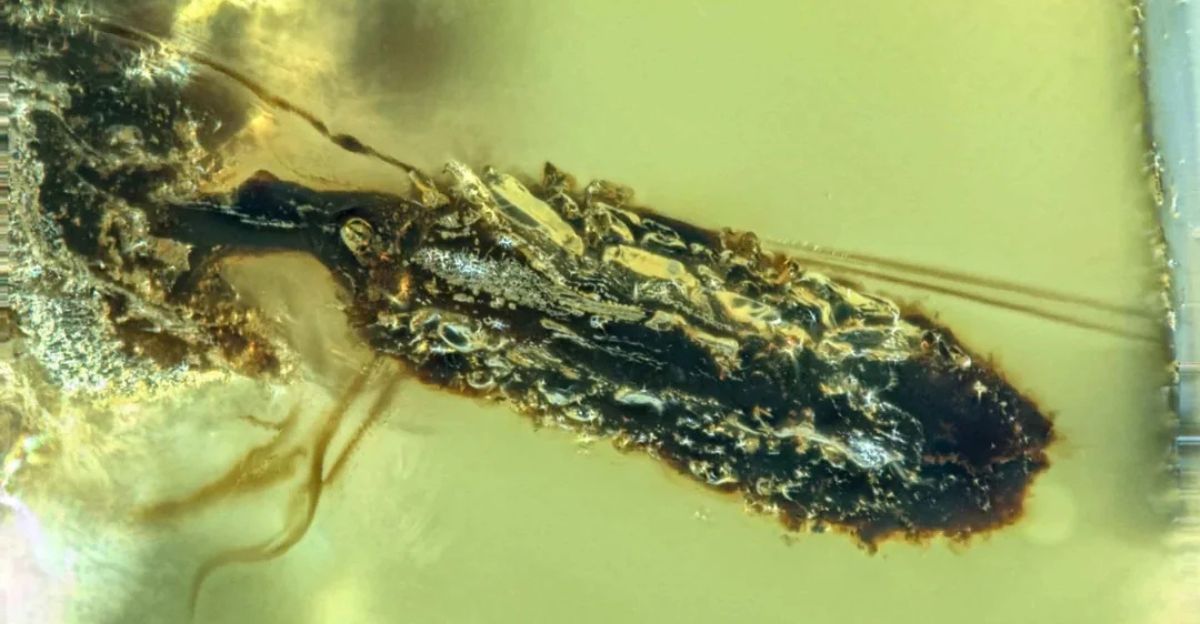
The discovery of “Last of Us”-style zombie fungi in 99 million-year-old amber fossils marks a significant advancement in evolutionary biology and paleontology. They offer indisputable proof that intricate parasitic behaviors have existed since the time of the dinosaurs and have shaped ecosystems ever since.
It reminds us that the battles for dominance and survival are ageless and emphasizes how biological strategies have persisted over eons. In the end, this discovery encourages us to investigate the hidden histories concealed in the fossil record and to think about their implications for the future of life on Earth, leading to a greater understanding of the complex and frequently unsettling relationships that propel evolution.







